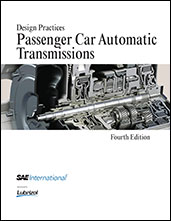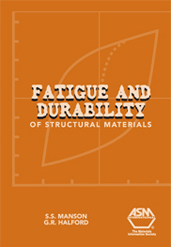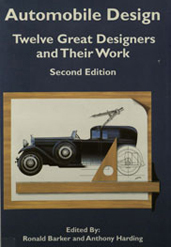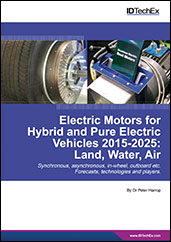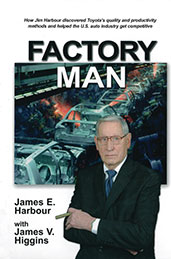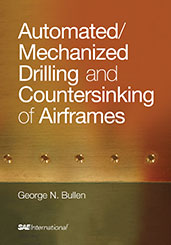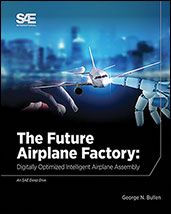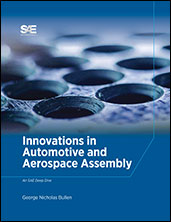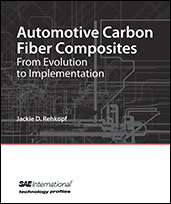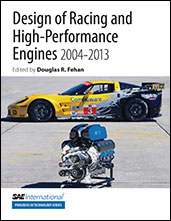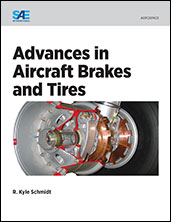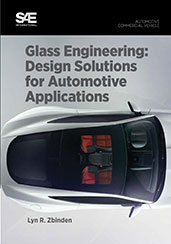Book

Honda R&D Technical Review April 2020
2020-04-01
Honda R&D Technical Review is a periodical containing research papers related to Honda R&D Center activities worldwide that cover automobile, motorcycle, power products, aircraft engine, and other fundamental technologies. Honda Motor offers a book for the April 2020 issue with 71 pages containing 8 papers focusing on the following latest topics: Study of Seat for Reduction of Stress of Sitting with Consideration of Influence of Physical Characteristics Mechanism of Light Weight Sound Insulation Material Using Thin-film Cells Development of Water- and Oil-repellent Fabric Considering Durability of Automotive Seat Fabric

